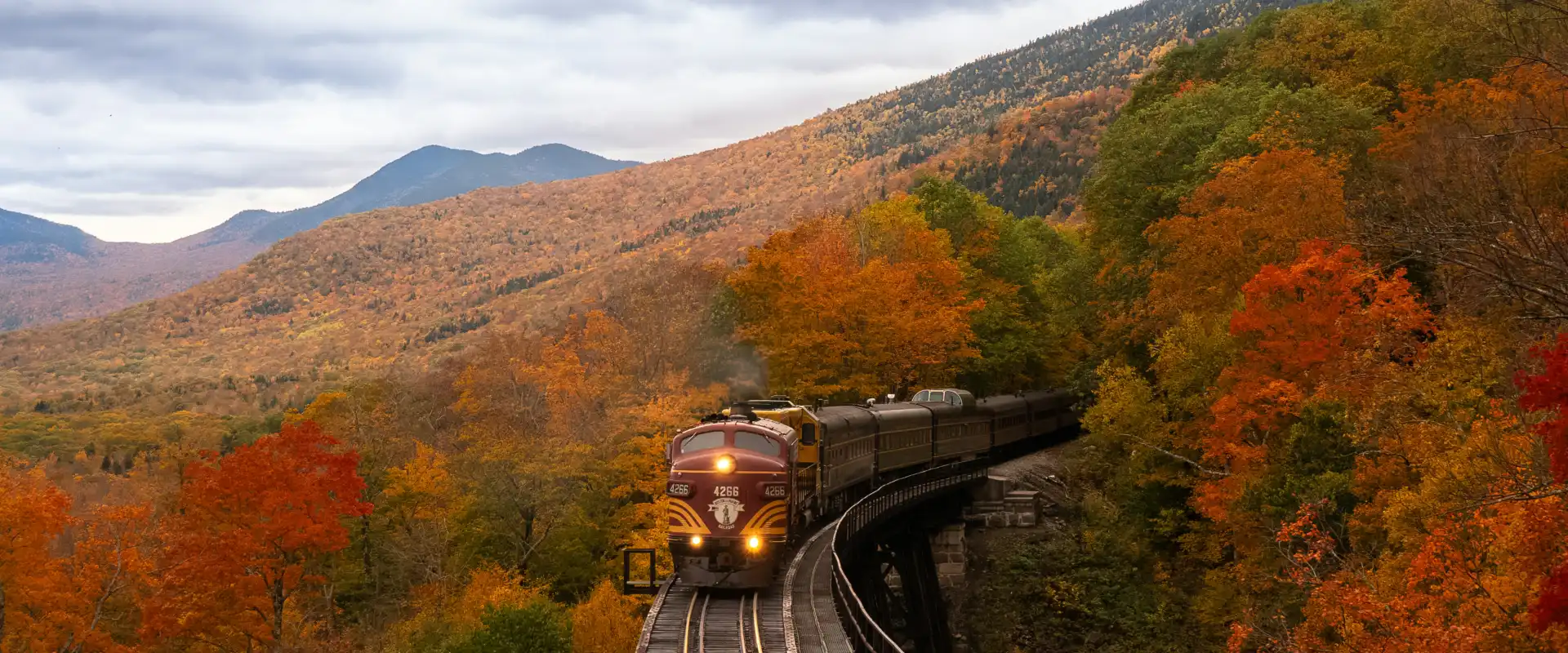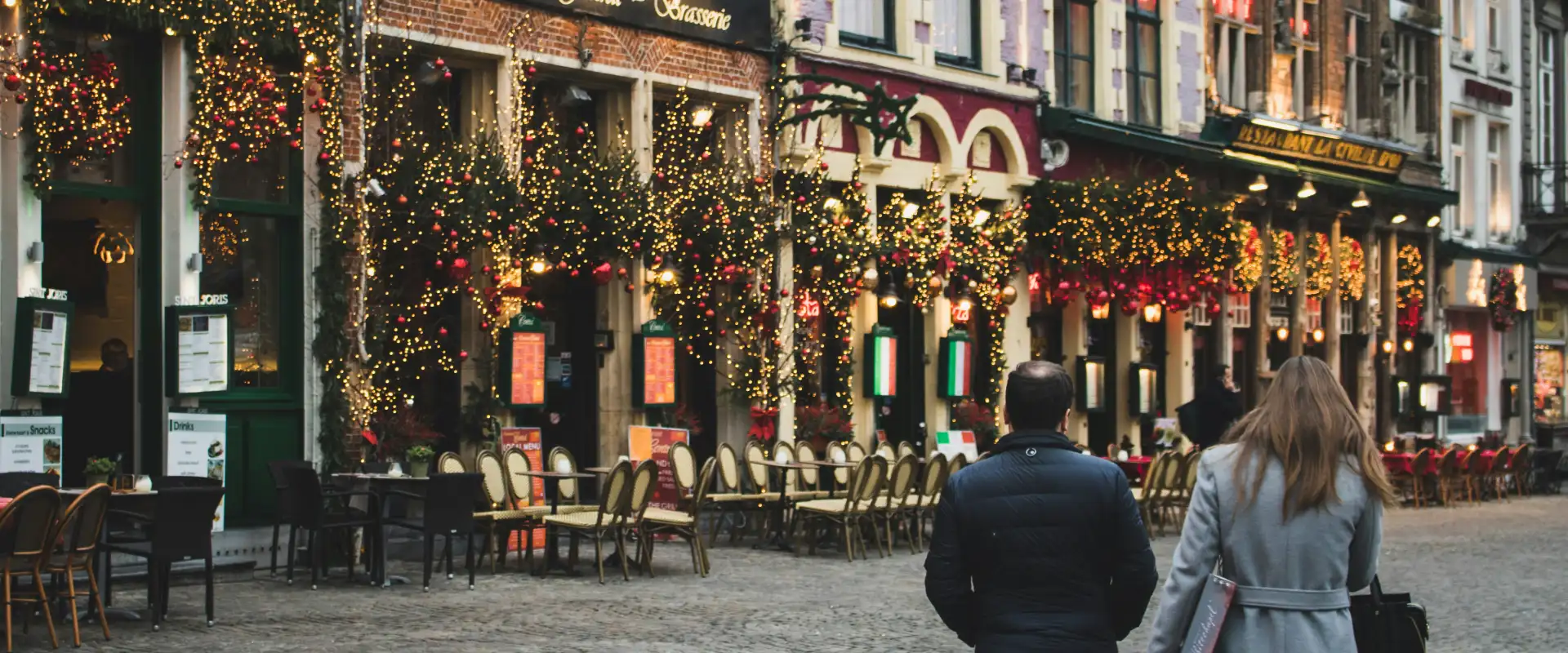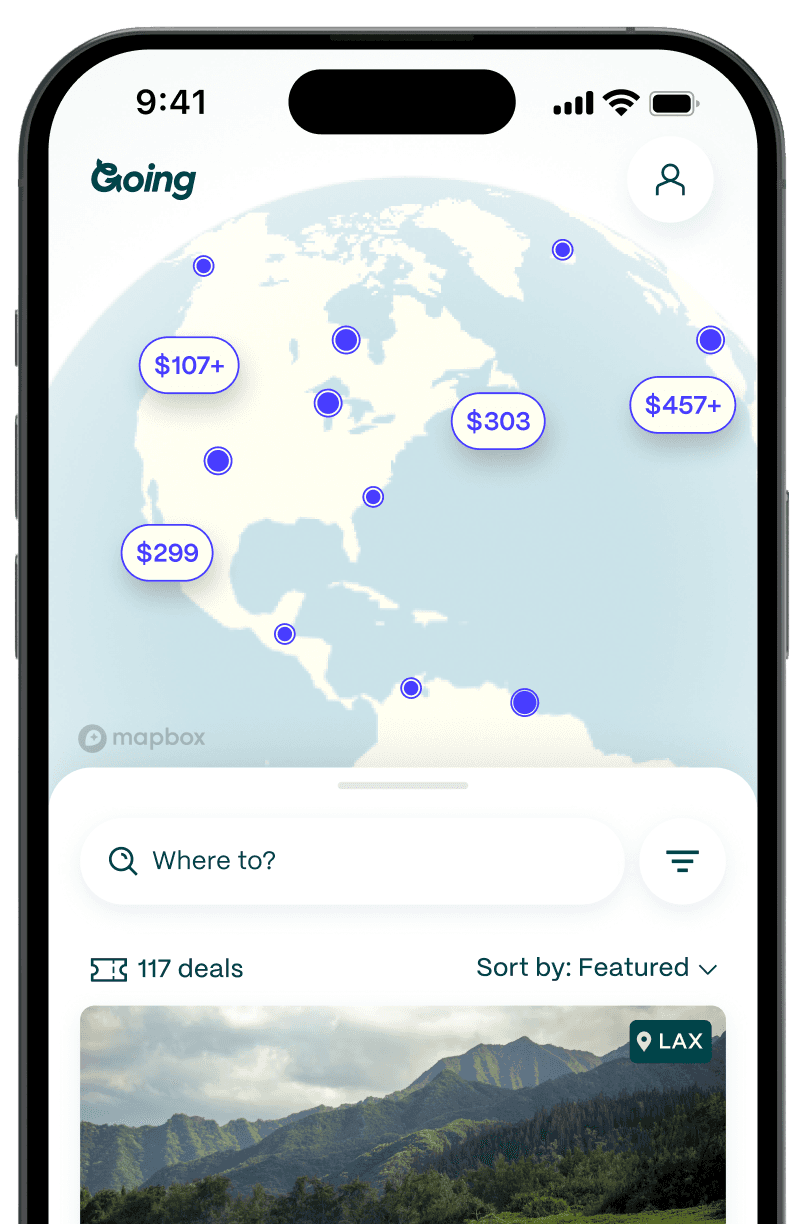
How To Celebrate Día de Muertos
As fall sets in each year, bakeries across Mexico and parts of the US begin offering pan de muerto, a round pastry sprinkled with sugar and decorated with dough shaped like bones. For Mexicans, this marks the start of the Día de Muertos (Day of the Dead) celebrations, which gradually build up with various events until their peak on November 1 and 2.
The preparations leading up are extensive, which is why, rather than being a two-day event, this is a whole season of the year dedicated to honoring the dead. For many Mexican families, Día de Muertos is as important as Christmas, a chance to connect with their families and communities, both living members and those who have passed.
Ornate altars are set up in family homes and at gravesites starting in late October, adorned with bright orange marigolds called cempasúchil and carefully curated food items––those the dearly departed cherished in life and are believed to savor in death. Costumes of skeleton ladies known as Catrinas prance around in vibrant parades, while tamales and other dishes are specially prepared for families, friends, and even strangers to share.
Día de Muertos has garnered so much attention that it’s no longer confined to Mexico. In the US, cities with significant Mexican populations like Los Angeles and Chicago hold events well worth attending. As one of the most colorful Mexican celebrations, Día de Muertos should be experienced at least once in a lifetime.
What is Día de Muertos?
The way Mexicans view death is not as something to be feared, as the spirits of the deceased are believed to return yearly to commune with the living, with the families they left behind.
The jovial celebrations of life and death during modern-day Día de Muertos stem from pre-Hispanic times. The Aztecs and other Indigenous groups viewed death as natural and worth celebrating. It was customary to leave offerings for the dead each August to help them on their journey through the underworld.
With the arrival of the Spanish in the 16th century, this celebration fused with All Souls’ Day—a Catholic tradition bearing similarities, as it’s dedicated to remembering and praying for the souls of the deceased, particularly those in purgatory—and began to be celebrated on November 2.
Why it’s significant
One of the downsides of Día de Muertos gaining popularity is its commercialization. There’s no denying that the festival is vibrant, with visual representations that make participating in it a delight. But at its core, beneath the face paint, costumes, and colorful flowers, the Day of the Dead can be seen as Mexico’s gift to the world––a way to cope with grief and view death as a natural part of life.
Moreover, Día de Muertos brings families and communities together, providing an opportunity to strengthen social ties while honoring ancestors.
The ofrenda—one of the main Día de Muertos traditions
Day of the Dead traditions vary by region, but most are shared no matter where it’s celebrated. Setting up an ofrenda, or altar, in the family home is one of the most common, as it’s believed to help guide the spirits home from the underworld.
Most ofrendas are multi-tiered and feature a prominent arch covered in cempasúchil marigolds at the top. Pictures of departed relatives are placed prominently on the altar, as is a Catholic cross––this is, after all, a celebration birthed from the joining of cultures.
It’s believed that the deceased can perceive scents and use them to find their way home. For this reason, highly aromatic fruit finds its place in the ofrenda, as do some of the deceased’s favorite meals, served hot and steaming to enhance their scent.
Something fascinating about the Day of the Dead is that the dead are believed to have the ability to feast on these food items, absorbing the essence of the meals, which are said to taste bland once they're reheated and eaten by the living, so salt and other spices have to be re-added.
To light the way home, candles are added to the altar, and a glass of water is offered to quench the thirst of the deceased after their long journey. Marigolds and colorful paper banners are used as decorations, and sugar skulls and pan de muerto double as decoration and food for the living––particularly for the younger members of the family––after the festivities.
Other Día de Muertos traditions
On November 1, the souls of dead children are said to return for the night, while adults visit on November 2. During these two days, it’s customary for family members to tend to their graves, meticulously cleaning them and often lavishly decorating them with cempasúchil flowers and petals, as well as personal items you might find on the ofrenda.
Later, it’s common to hold vigil for the night, either silently communicating with the departed or celebrating their life with loud music, drinks, and a full-on community event. The way of honoring the dead varies from one cemetery to another, depending on the region. Oaxaca and Michoacan are two Mexican states with some of the most sophisticated celebrations in graveyards.
Parades and community gatherings occur in many places and also vary greatly. Mexico City hosts the now famous Mega Procesión de Catrinas parade; interestingly, this event is relatively new, started only after a James Bond film featured a Day of the Dead parade in Mexico City and city officials decided it was a good idea to host one in real life. In the Huasteca Potosina region, comparsas—groups of dancers in elaborate costumes of devils, Satan, and elderly people—are a common sight in streets and town squares.
During October and November, Mexicans flock to bakeries in search of pan de muerto, which has evolved in recent years to include ingredients like lavender, orange peel, or fillings like cream or Nutella. By the second week of November, pan de muerto disappears from bakeries and supermarkets, and there’s no choice but to wait for its return the following year.
Tamales are another Day of the Dead staple that varies by region. One of the lesser-known but more extravagant is a giant version called zacahuil prepared to feed revelers in the Huasteca Potosina region, be it at the vigils held in cemeteries or at large gatherings by the altars. (Some zacahuil have reportedly been as long as 16 feet.) In the state of Yucatan, mucbipollo, a chicken and pork tamale cooked in an underground pit, makes an appearance for Hanal Pixan, the local Day of the Dead celebration.
How to celebrate in Mexico
These days, you can join the Día de Muertos celebrations practically anywhere in Mexico, with hotels organizing elaborate events and setting up beautiful altars. But if you want to see the biggest and most traditional celebrations happening for Día de Muertos in 2025, consider traveling to one of these destinations.
- Mexico City: The biggest parade in CDMX, the Mega Procesión de Catrinas, takes place in late October along Reforma Avenue, the city’s most iconic thoroughfare. In the Zócalo, the city’s main square, you can see the Mega Ofrenda, a large-scale altar that has a different theme each year.
- Oaxaca: This city in southern Mexico has some of the country’s richest Indigenous heritage. It’s a great place to catch street parades and muerteadas (theatrical and festive representations of death) and to visit the tombs at the Panteón General cemetery.
- Michoacán: Families in Michoacán make their way to the island of Janitzio in boats lit with candles and adorned with marigolds to gather at the cemetery, one of the most stunning during Día de Muertos.
- Huasteca Potosina region: In this part of the country, Día de Muertos is called Xantolo, and its defining characteristic is the dancing comparsas that can be found at events across different towns in the area.
- Mérida and the Yucatán Peninsula: Hanal Pixan, also known as "food for the souls," is a Mayan tradition for celebrating the Day of the Dead. During Hanal Pixan, Mérida is filled with altars and traditional delicacies.
How to celebrate in the US
The widespread Mexican and Latinx diaspora in the US has given rise to Day of the Dead events held in many parts of the country. Families and friends come together to set up altars, remember their loved ones, and organize get-togethers in homes and churches. If you can’t make your way south of the border during Día de Muertos, consider heading to one of these destinations in the US.
- San Antonio: San Antonio is host to the largest Day of the Dead celebrations in the country. Events are held from the beginning of October, with a Day of the Dead River Parade along the River Walk in late October. In early November, you can see the exhibits, like "Altares y Ofrendas" at Centro Cultural Aztlan.
- Chicago: Every year, the National Museum of Mexican Art hosts a Día de Muertos event in the Pilsen and La Villita (Little Village) neighborhoods.
- Los Angeles: Olvera Street in Downtown LA and the Hollywood Forever Cemetery are hosts to two Día de Muertos celebrations in Los Angeles. At the cemetery, revelers will find themselves surrounded by the gravestones of some of LA’s revered celebrities with a background of music and popup versions of some of the hippest taquerías in the city.
Last updated January 6, 2025









